Rome is the City of Seven Hills. You may already know that Rome has seven hills and three rivers. It’s easy to name the three rivers and locate where they are and where they meet, but can you name the seven hills of Rome, Georgia? I couldn’t. I knew seven hills included Shorter Hill, Myrtle Hill, Jackson Hill, and Neely Hill (Clock Tower Hill), but I couldn’t name the other three or even locate them.
Rome was established as a city in 1835. The name Rome was drawn at random from a hat. Colonel Mitchell submitted the suggested name because of the seven hills and three rivers like Rome, Italy.
Neely Hill
Neely Hill is also known as Tower Hill or Clock Tower Hill. It is home to Rome’s Clock Tower, the most well-known landmark in Rome. You can see the Clock Tower peeking over the trees from almost anywhere in the downtown area. The Clock Tower was built in 1871 to serve as a water tower for the city of Rome, to increase water pressure for the rapidly growing city. It was also the location of Neely School from 1883 until 1961. The school was the first public school building in Rome. It was named after Benjamin Neely, who became the first superintendent of the Rome public schools in 1882. As you stand on top of Neely Hill and look out, you can take in a beautiful view of the surrounding areas in Rome. For more information, check out my article on Rome’s Clock Tower.
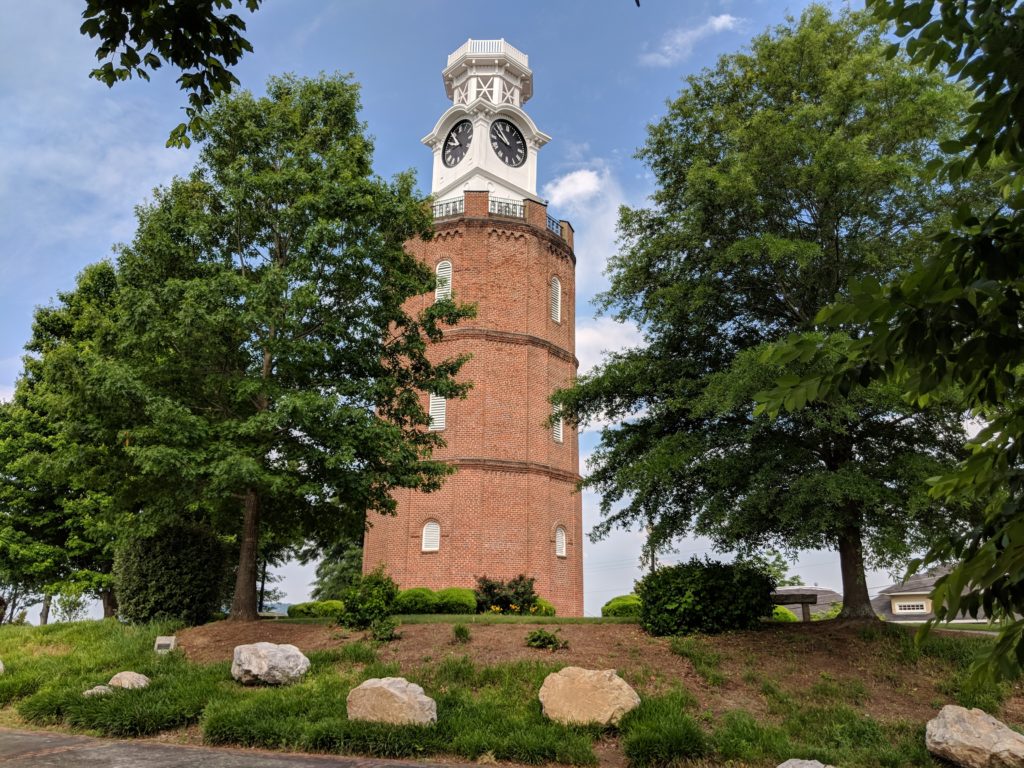
Old Shorter Hill
Old Shorter Hill, or Shorter Hill, is a beautiful residential area in the “Between The Rivers District.” It is just a short distance from Neely Hill. I thought that that area was considered part of Neely Hill, but as I was driving, I realized there are two distinct hills. It was easy to distinguish between the two different hills. Old Shorter Hill was initially known as Shelton Hill and was the location of The Cherokee Baptist Female College. It was later renamed Shorter College and moved to its current location. The hill was renamed Shorter Hill by Alfred Shorter after his wife, Martha Shorter, passed away. Alfred and Martha Shorter were significant financial contributors to Shorter College. Later, Old Shorter Hill was renamed to distinguish between it and the current Shorter College.
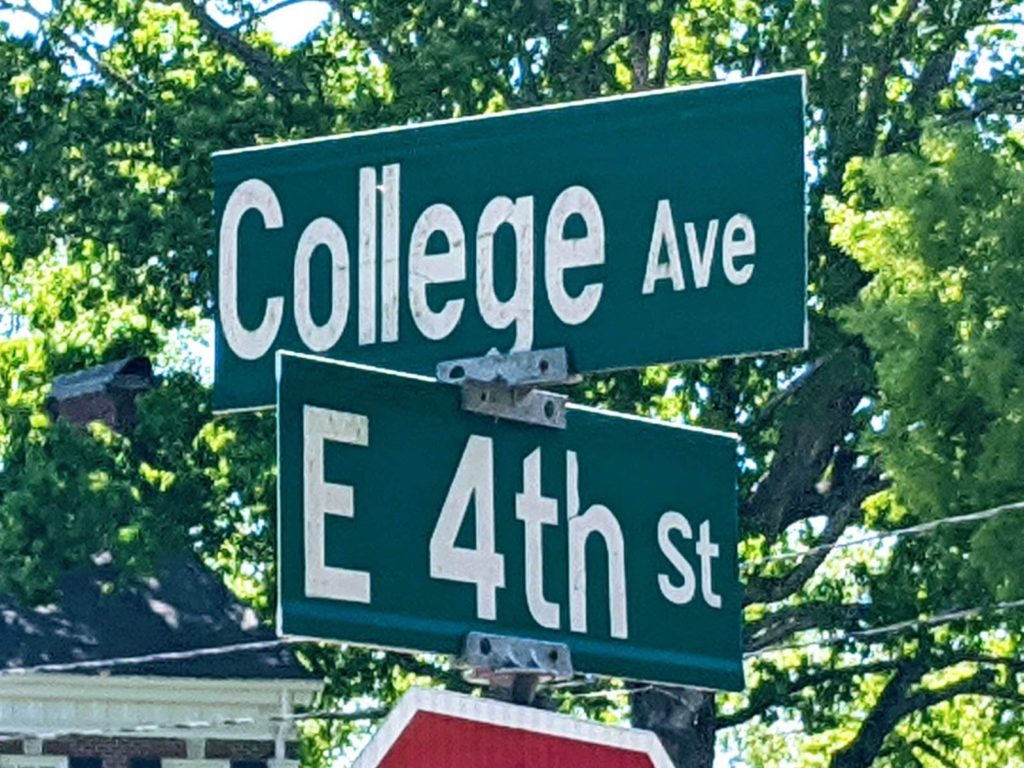
Myrtle Hill
Myrtle Hill is one of the most well-known hills in Rome. Myrtle Hill sits at the end of Broad Street, overlooking where the Etowah and Oostanala Rivers meet to form the Coosa River. It is home to Myrtle Hill Cemetery, which was established in 1857. It is the second oldest cemetery in Rome. The Rome residents chose Myrtle Hill as the cemetery’s location to protect the graveyard from frequent flooding in the downtown area. The name “Myrtle Hill” was selected because a plant called “Trailing Myrtle” grew wild all over the hill. For more information, check out my article on Myrtle Hill.
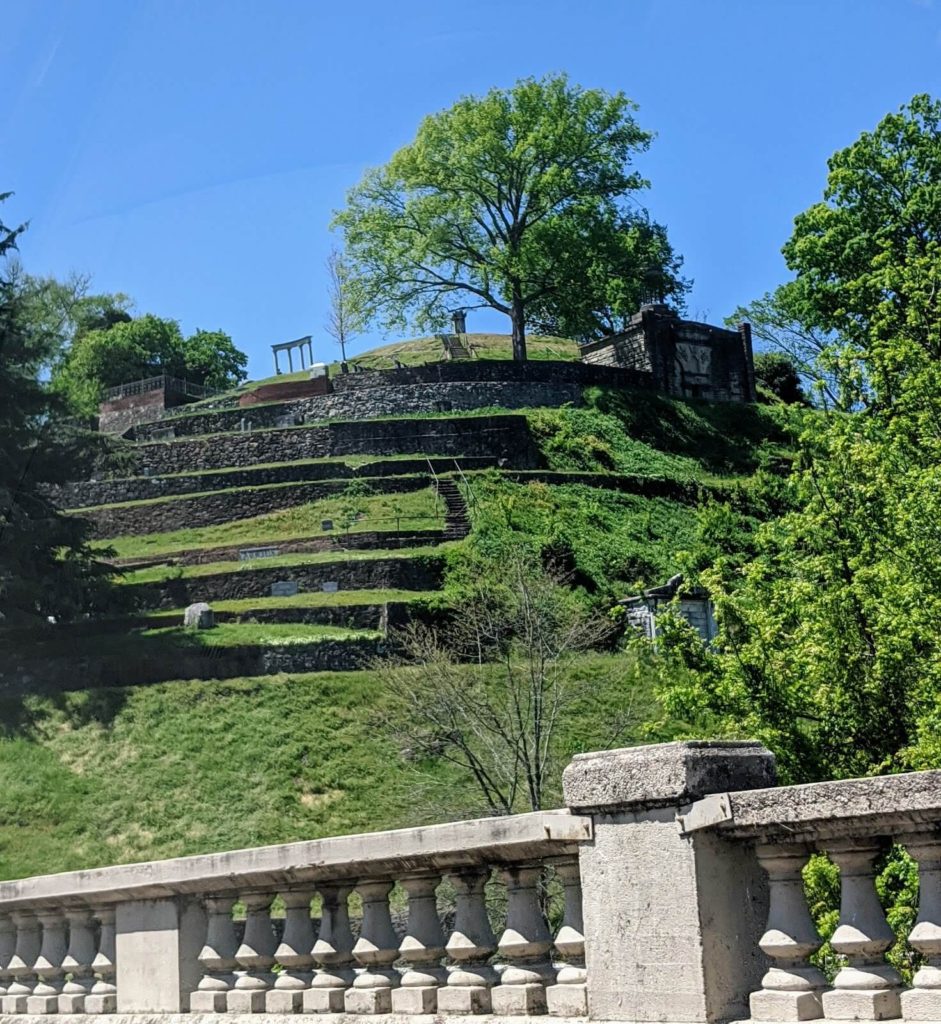
Mount Aventine
Mount Aventine is located off South Broad Street and backs up to the Etowah River. It was established in 1875 and is named after one of the hills in Rome, Italy. It is a residential area. At the top of the hill, you can find Rodeph Sholom Cemetery, a Jewish cemetery. The land was given to the Jewish Congregation for a cemetery in 1875. When I reached the cemetery, it was blocked by a temporary fence with stop signs. My presence upset all the dogs in the area and alerted the whole neighborhood that I was there.
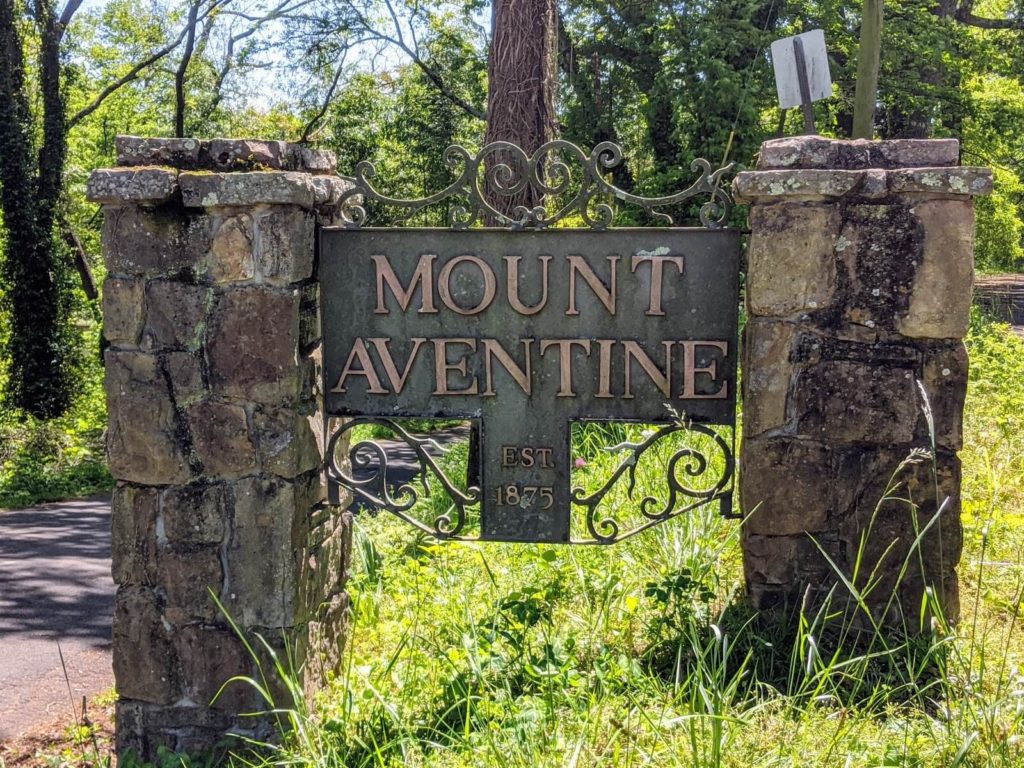
Lumpkin Hill
Lumpkin Hill is located across from the Sara Hightower Regional Library. It is the location of Rome’s oldest cemetery, Oak Hill Cemetery. Oak Hill Cemetery was established in 1837 and is named after John Henry Lumpkin, a Congressman buried there. Lumpkin Hill extends behind Steak N Shake to the Day’s Inn. From the top of Lumpkin Hill, you have a perfect view of Jackson Hill.
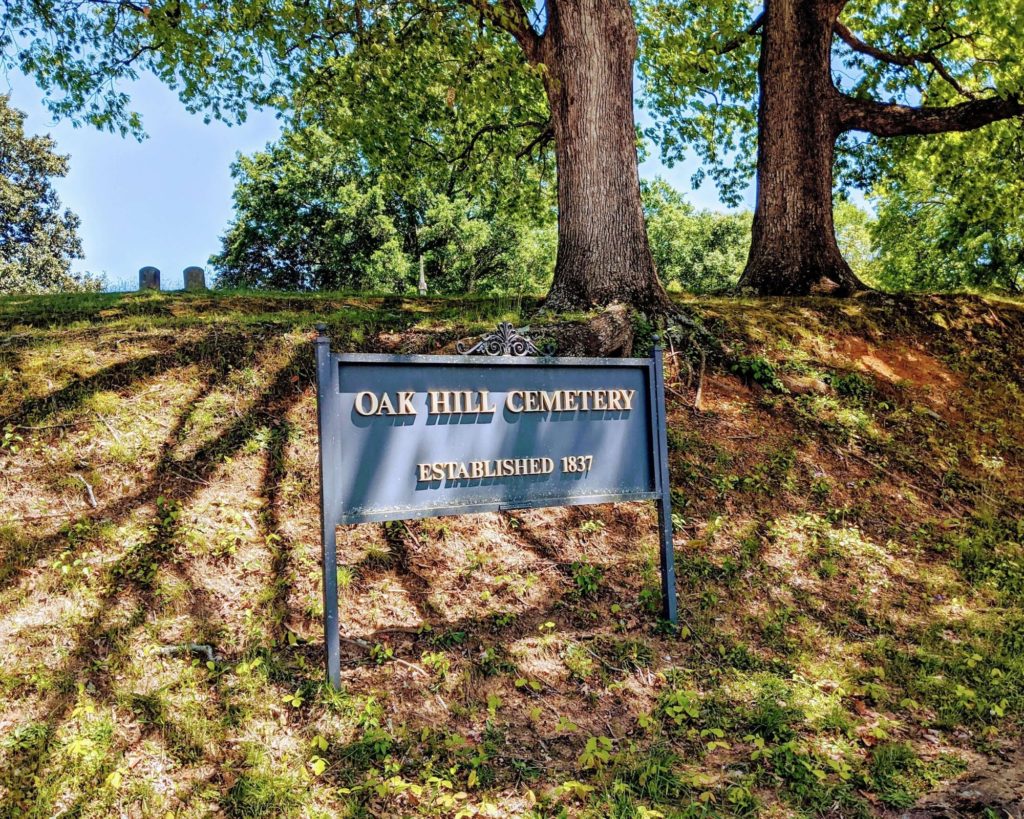
Jackson Hill
Jackson Hill is located just off Turner McCall Blvd. It is home to Georgia’s Rome Office of Tourism, Georgia’s Rome Gift Shop, The Civic Center, The Labyrinth, and several historical markers. Jackson Hill is a short distance from Blossom Hill and Lumpkin Hill and is one of the most distinct places with a rich history in Rome, Georgia. It displays several pieces of equipment that tell a little history of Rome. There are walking trails for exercise and a Labyrinth for meditation. For more information, check out my article on Jackson Hill.
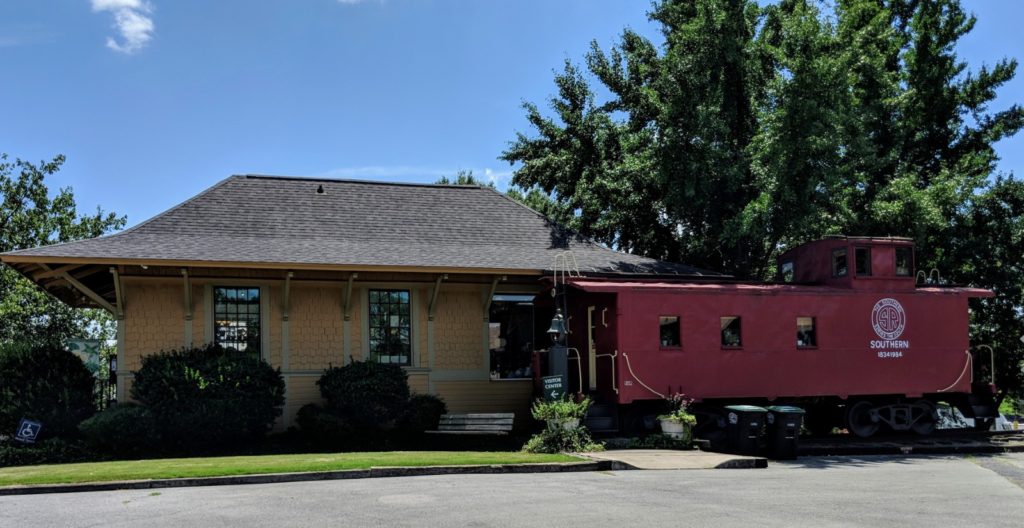
Blossom Hill
Blossom Hill is named for the blossoms that used to grow there. It is located just behind Jackson Hill. My son went with me to find Blossom Hill. As we drove up the hill, there was very little to see once we passed the Labyrinth on the backside of Jackson Hill. The City Public Works is located on the way to the top of the hill, and on the very top of the hill is a reservoir and The Bruce Hamler Water Treatment Plant. It was a short drive to the top of the hill with lots of woods and wide roads. There were two places where trails ended, and signs identified them. The other end of the trail begins at Jackson Hill. There wasn’t anything that would make an especially interesting photograph there, but if you are riding down Riverside Parkway at the Senior Center, look up. You can see an American Flag flying. That is Blossom Hill.
Rome is a remarkable place. Visiting each of the seven hills was a great experience, and I learned so much. I used Google Maps to locate the exact location of each hill. Old Shorter Hill is not located where I thought it would be. After driving down Shorter Avenue and getting into an argument with Google Maps. I had to turn around. It turned out that Google did know what it was doing! Have you visited all seven hills? Let me know about your adventures in the comments.
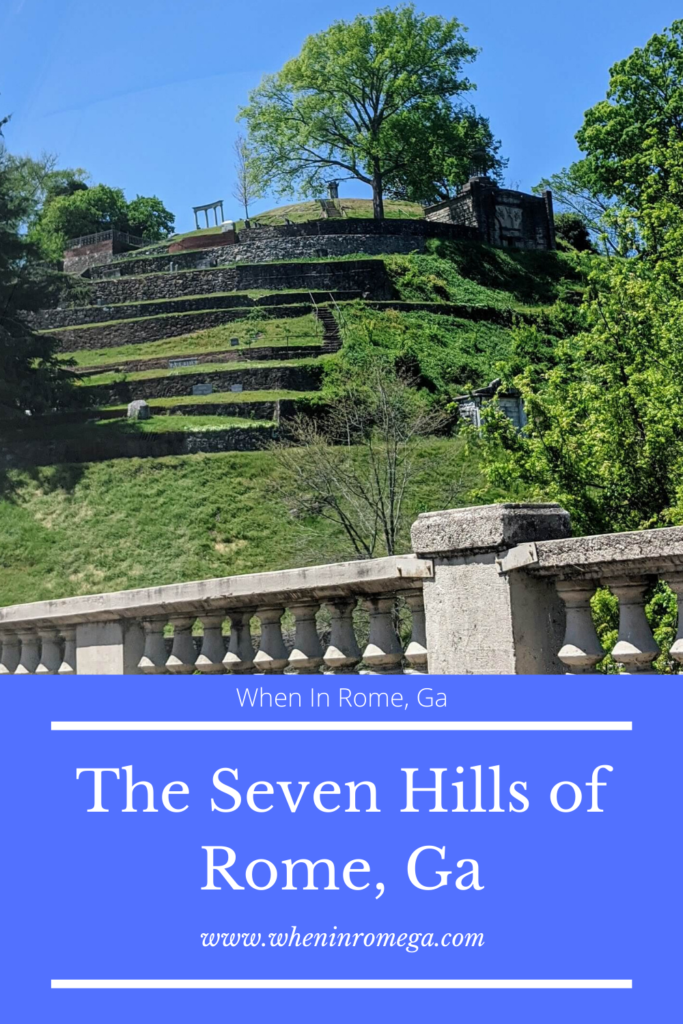


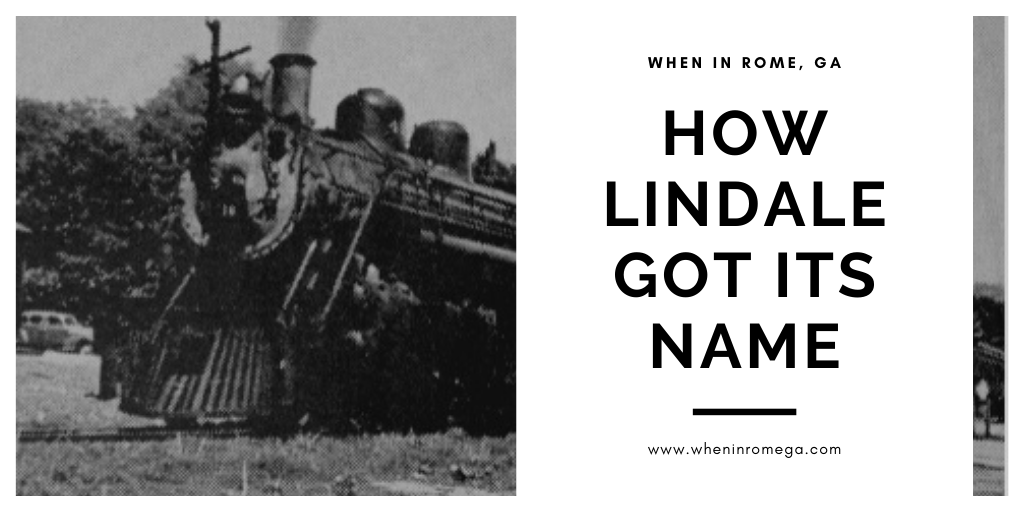
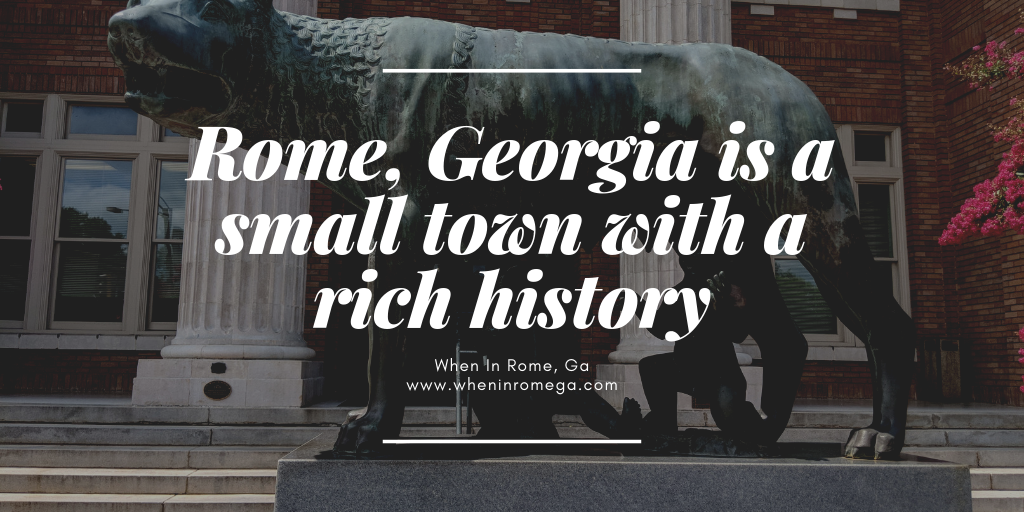

Wow I have lived here all of my life and didn’t know where all of the seven hills were located. Thanks for letting us know about our city and it’s history. Enjoyed reading your article.